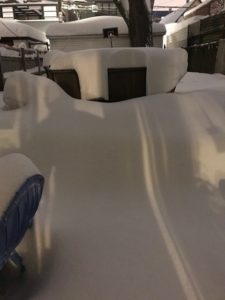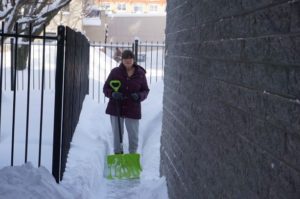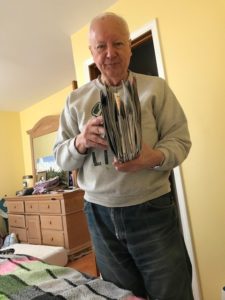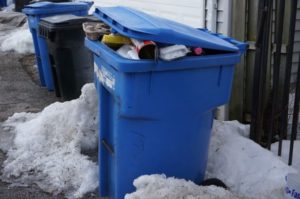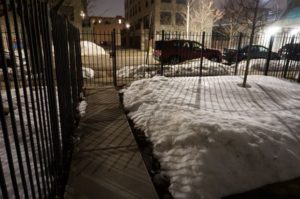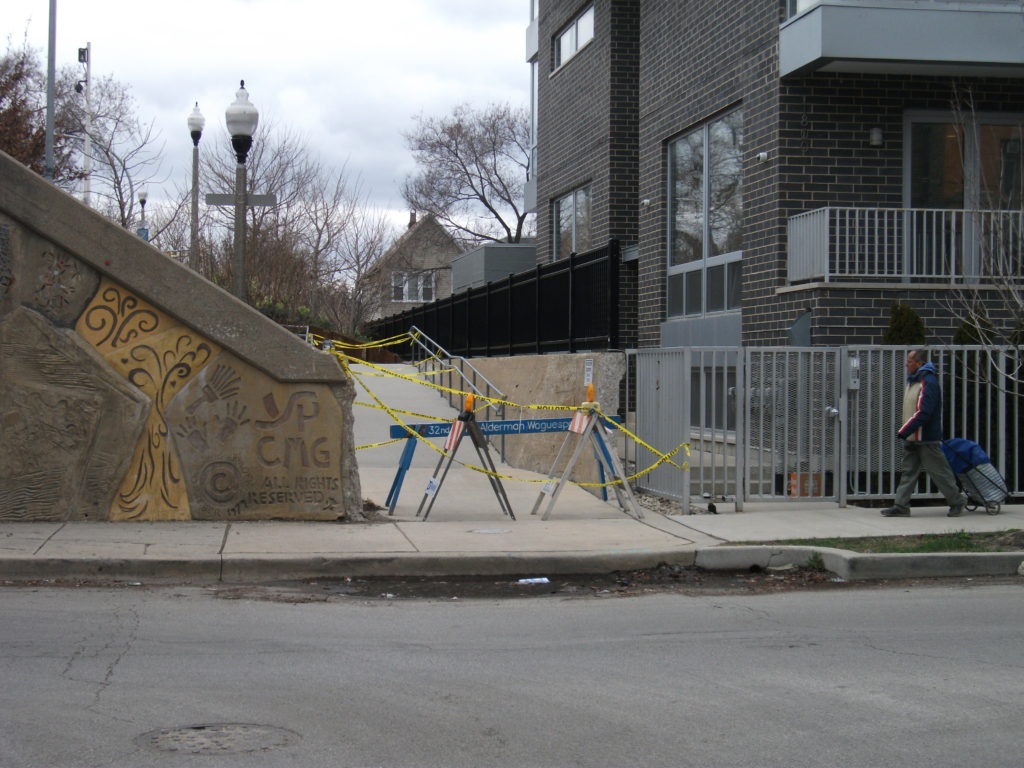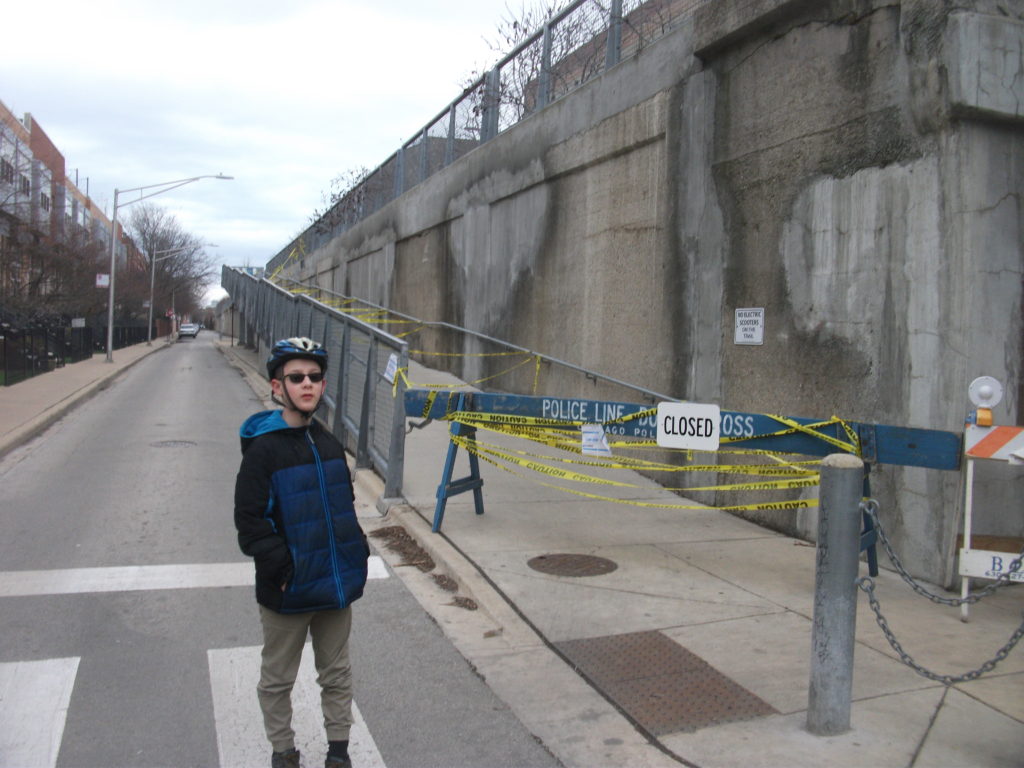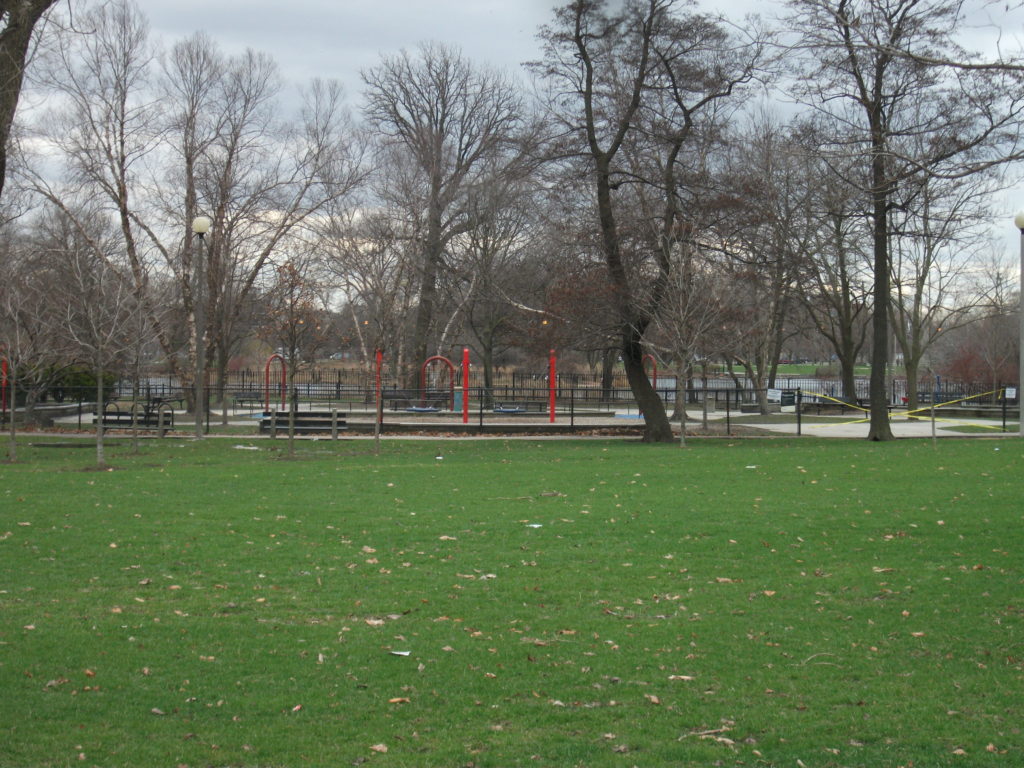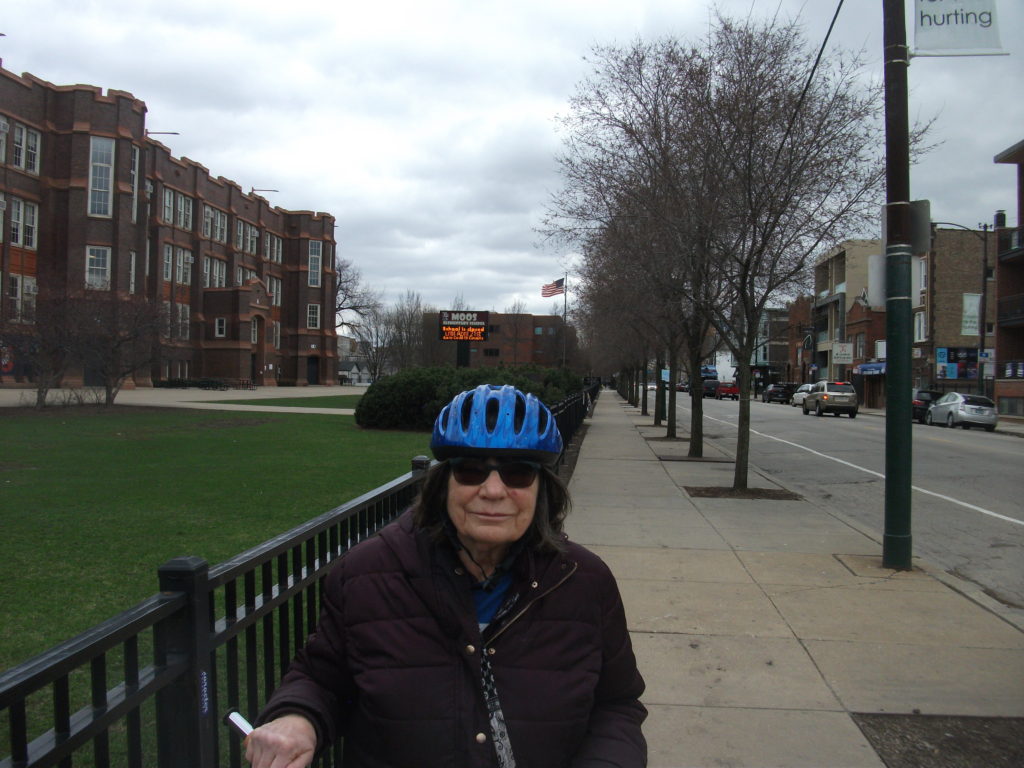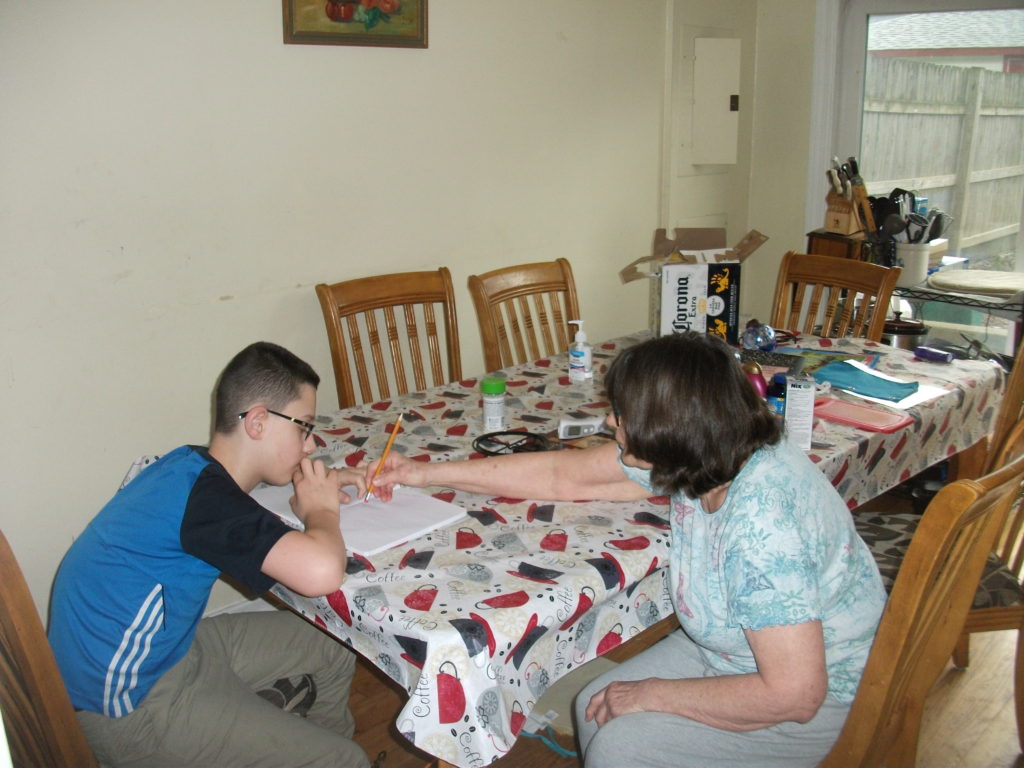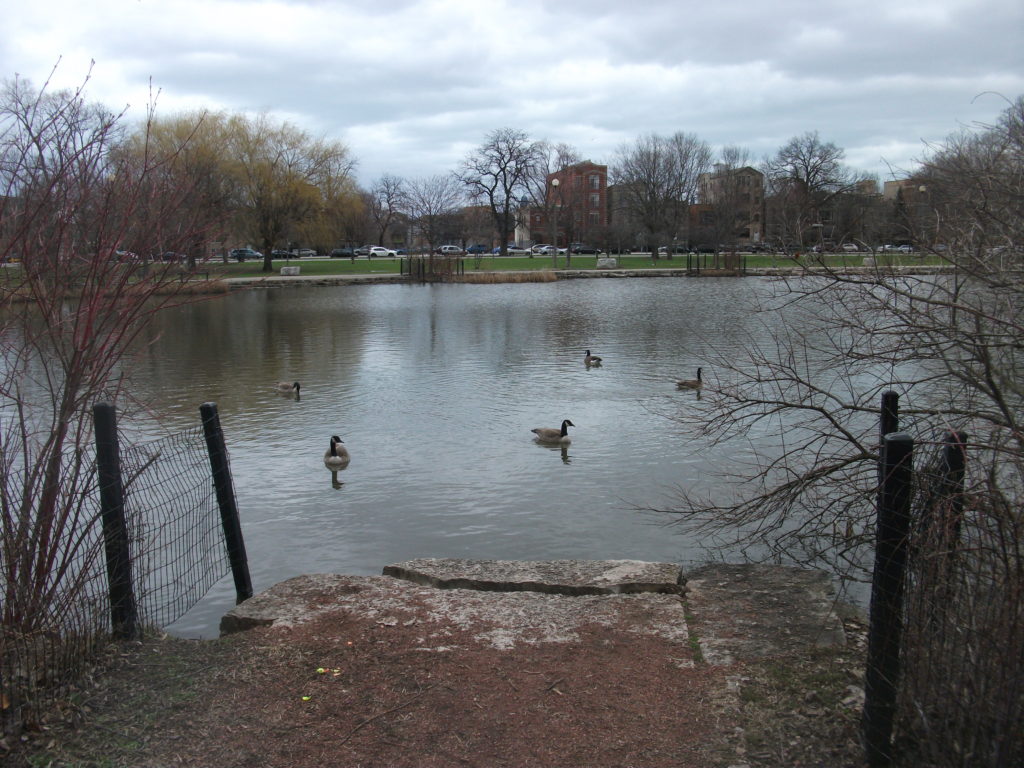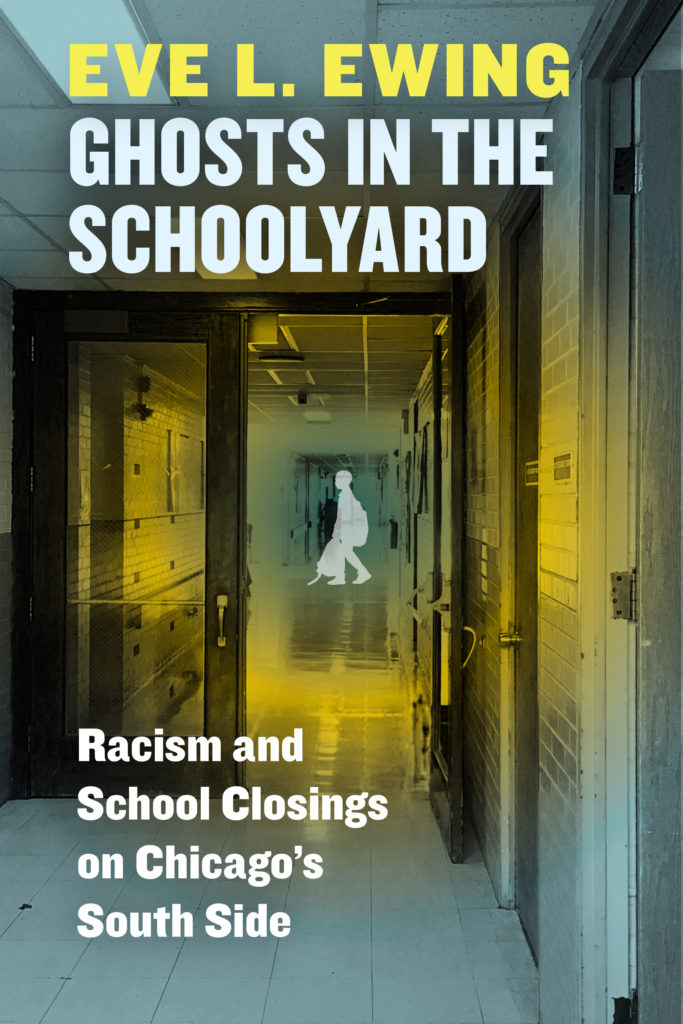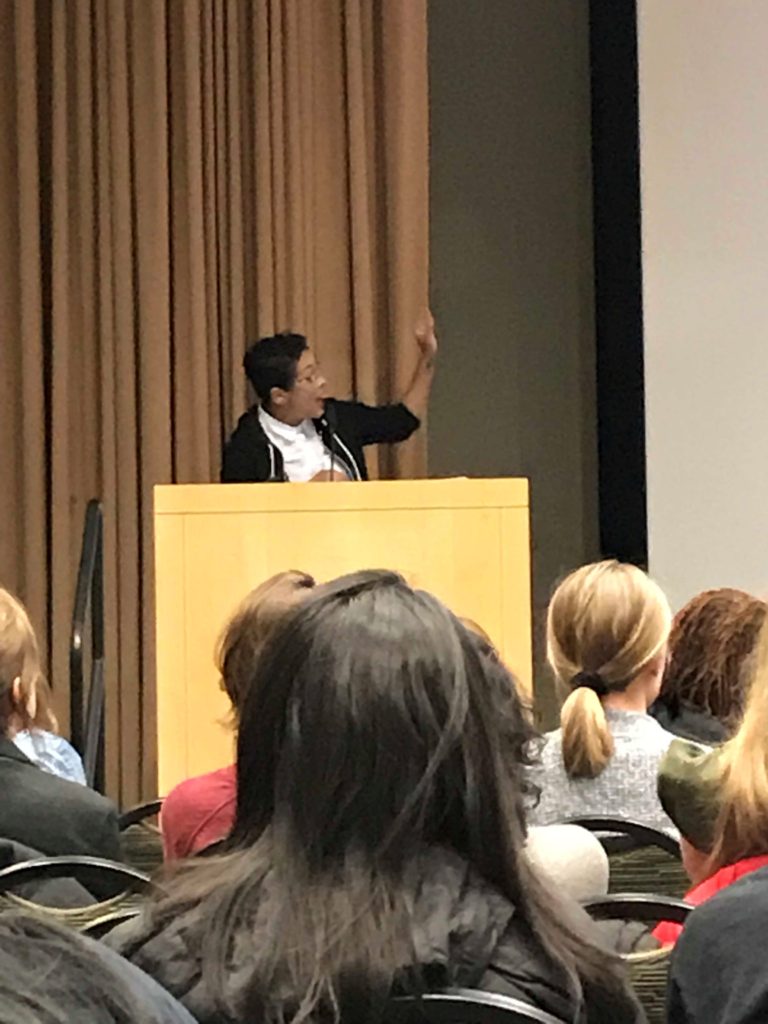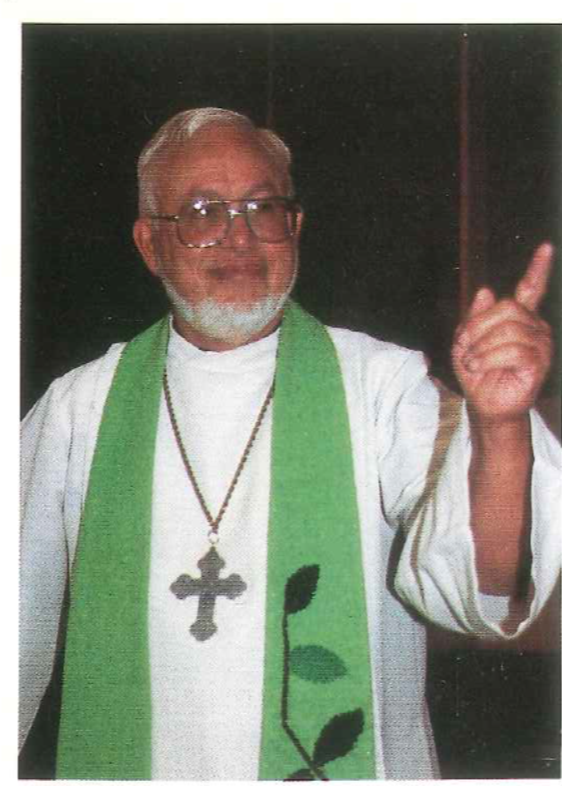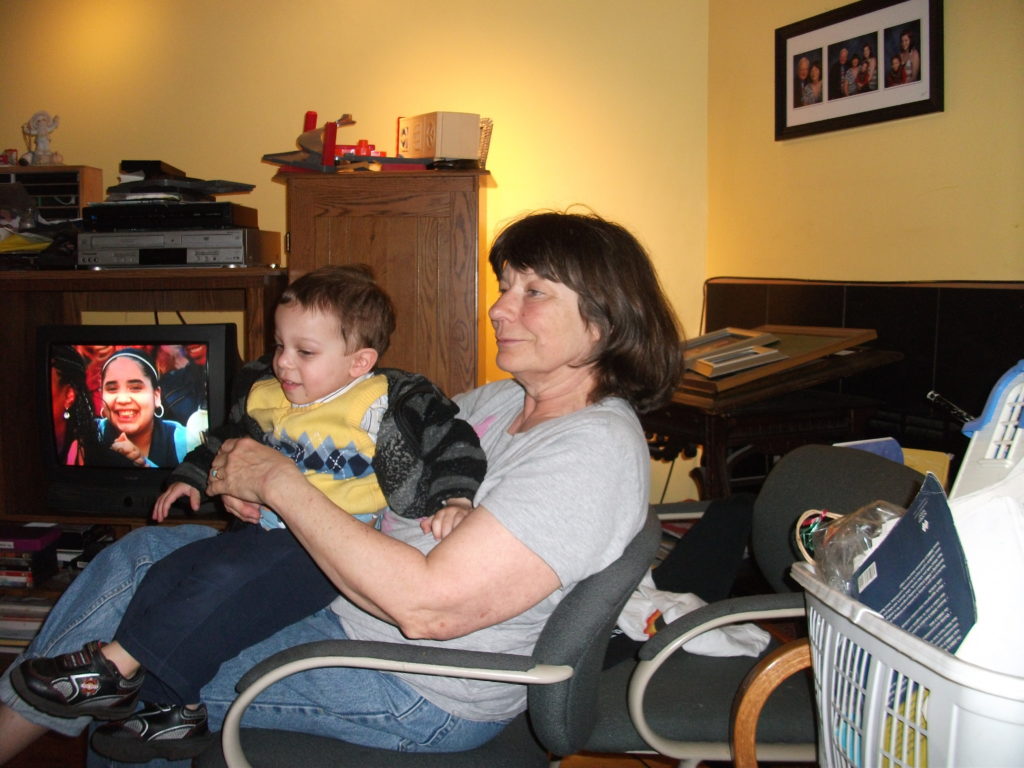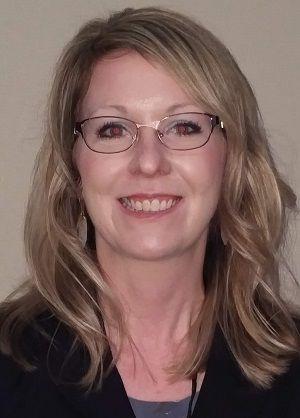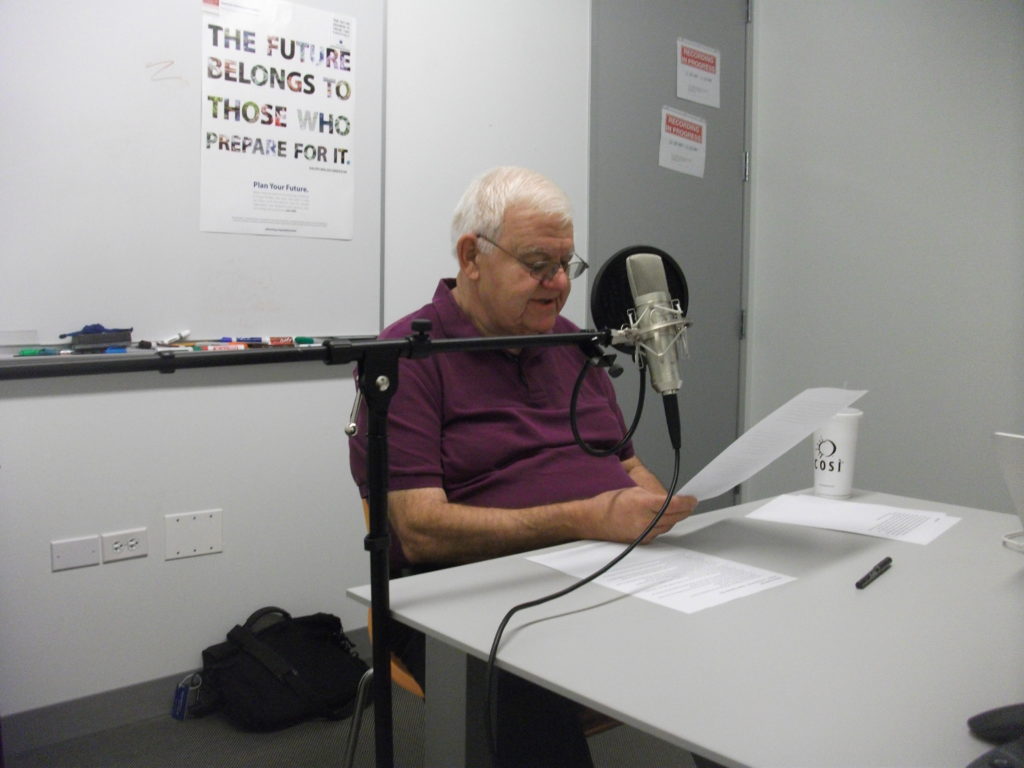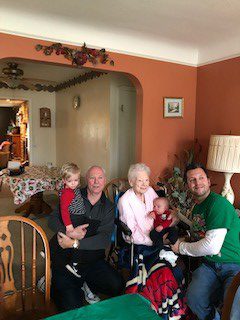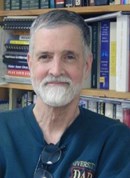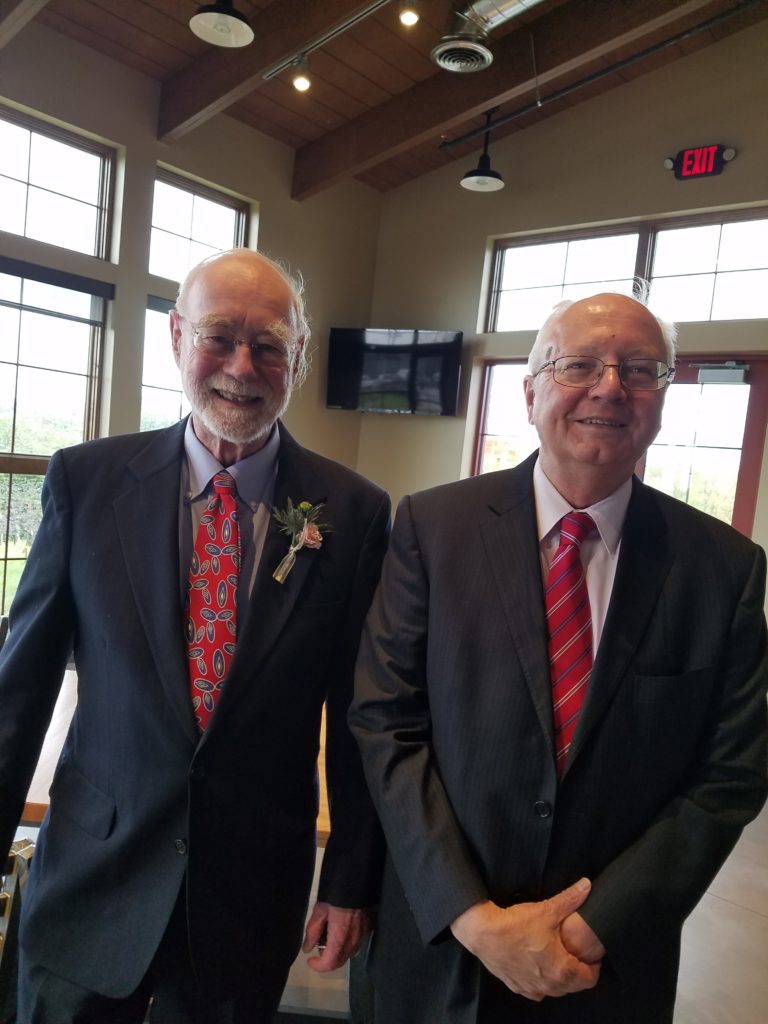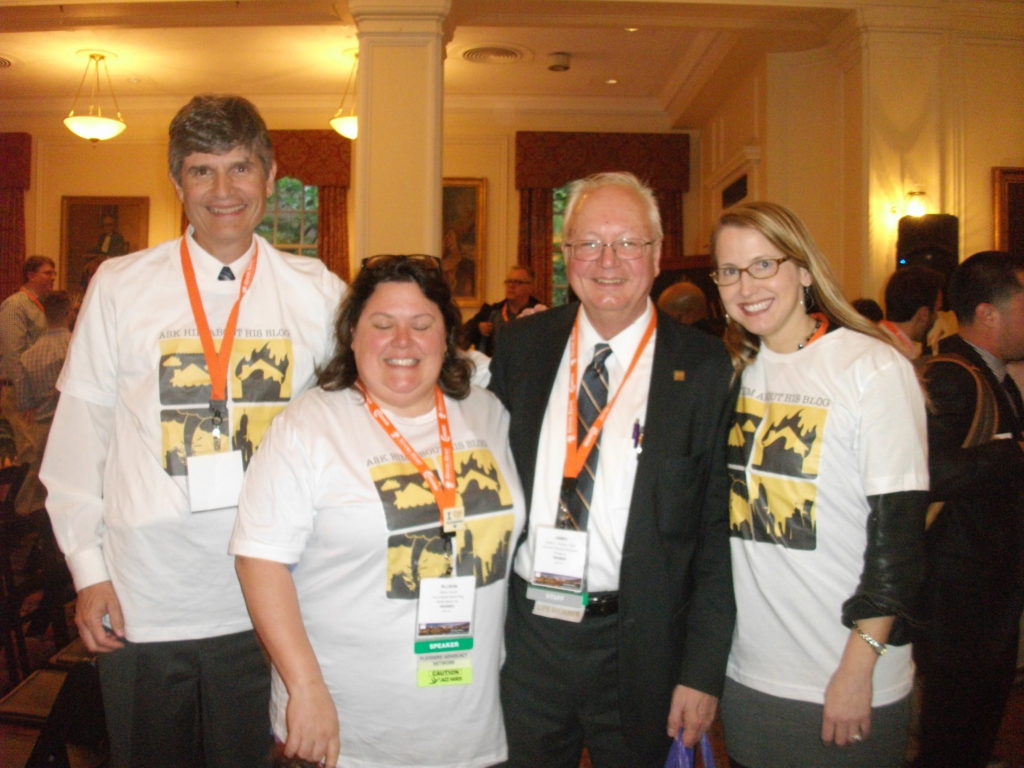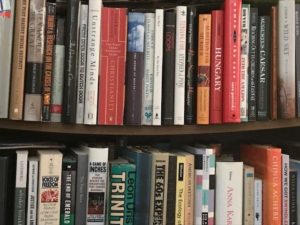 My mother was definitely a neatnik. Everything in its place, but don’t keep too many things in the first place. If something did not have an obvious use, get rid of it. A sentimentalist, she was not.
My mother was definitely a neatnik. Everything in its place, but don’t keep too many things in the first place. If something did not have an obvious use, get rid of it. A sentimentalist, she was not.
She lived her life in the suburbs of Cleveland, which is where I grew up. At the age of 29, however, I effectively “flew the coop,” a phrase I’ve hyperlinked for the benefit of anyone unfamiliar with its usage. I moved to Iowa, took the helm of a public interest group, later transitioned to graduate school at the University of Iowa, and after completing my degrees, ended up in Chicago. The rest is history, both personal and professional.
That meant that, on occasion, my parents visited our home in Chicago, though I far more frequently visited family in Cleveland. On every occasion that I can recall, at some point she would look around and ask, “What do you want with all these books?” The obvious answer was that I have a voracious reading habit, which she mostly did not share. That made it difficult for her to fathom the extent of the collection, not to mention that most of the books held no attraction for her. Her firstborn had a depth of intellectual curiosity that was also hard for her to fathom, though it clearly drove my academic success, which she respected.
It’s not that the collection was messy. As needed, I have acquired and assembled bookshelves, and I keep the collection well organized. Unlike some bibliophiles, I give away some books that I cannot imagine using anymore; I believe in thinning the herd. My mother, who also was frugal, surely wondered how much all those books had cost. In truth, while I spend a modest amount on books, I have also benefited from my writing habit, something else that was a bit foreign to her, though she tried to understand it as entrepreneurial activity. That habit meant that, as a volunteer book awards judge over many years with the Society of Midland Authors, I received dozens of annual awards entries in either biography and memoirs, or adult nonfiction, the two categories I judged in various years. Judges are permitted to keep the submissions. Some were worth keeping; others, I gave away after the contest was over. Other books arrived as review copies, also complimentary. I have occasionally reviewed books on this blog, but have also done so in magazines and journals.
Shortly after moving to Chicago, I carried my mother’s tradition of frugality into uncharted territory by discovering that Powell’s, a chain of used bookstores, had the habit of putting discards on the sidewalk outside their E. 57th St. store and letting customers take what they wanted. At the time, I lived and worked not far away, so this was very convenient. I would flip through the pile to find what I considered hidden gems and take them home, quietly building my collection and sometimes immediately indulging in great finds. Like a bear drawn to honey, sometimes I also entered the bookstore to find something I was willing to pay for. Used books, often in good condition but cheaper, have exactly the same information as the new versions—imagine that! And unlike a used car, they don’t lose value. They just sit on the shelf, patiently awaiting their opportunity to expand your mind.
I must also acknowledge that my wife and I, on gift dates like birthdays and Christmas, often recognize each other’s reading interests with gifts. Jean’s tastes tend toward mysteries and spy thrillers and similar genres, on one hand, but also, since the rise of Donald Trump, toward the cornucopia of investigative journalism that has arisen in his wake. He is almost certainly the greatest focus of such political journalism since Watergate. My own interests are so varied that I must pose a challenge for her, but she often turns to environmental books and biographies as reliable pleasers. Her instincts about my interests are usually quite accurate.
By now, you may be wondering, after a few weeks of radio silence on this blog, why I am writing a paean to books, including old ones that may need the dust blown off before use. I will confess that recent events, both personal and professional, have kept me off balance enough to delay a new blog post. That is largely an incoherent story of distractions large and small and often unrelated and not worth relating. But the evolving circumstances induced me to spend more time reading, at a deliberate pace, books that I had previously put aside, books that have offered me a different way to see life and the world—even the universe—around me.
The point is that these are not brand-new books that just arrived on my doorstep. While I often may cite and hyperlink older works as sources for facts I use in blog posts on various topics, I have seldom centered whole discussions on them. But thank God they were sitting here because I am realizing some of them deserve attention in their own right, even if they are no longer “hot off the press.” One book, for instance, discusses in searing imagery the impacts of trauma on refugees seeking asylum in America. One hallmark of wisdom for any of us is to realize, no matter how much we know or think we know, how much more we can learn as long as the capacity is still in us. Much of that learning may come from books that in the past just never got our full attention.
So, don’t be surprised if I center a few articles in upcoming weeks and months on those very books, whether they are just three years old or ten or twenty years old, or even older. I will certainly be selective and purposeful about it, but I will give them their due while also discussing current issues and examining the new books that come my way. But I simply want to share the gems that have emerged from those back shelves. They are giving me a whole new motivation to learn and share.
Now, if someone could just come over and help me find that missing copy of Les Miserables . . . .
Jim Schwab

